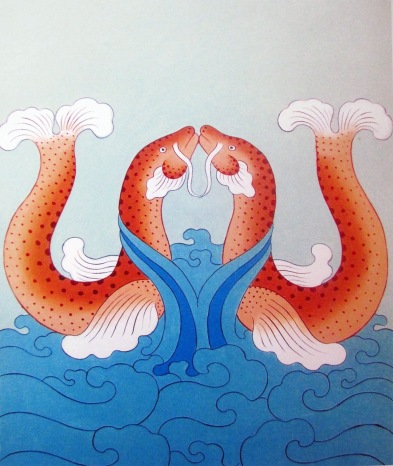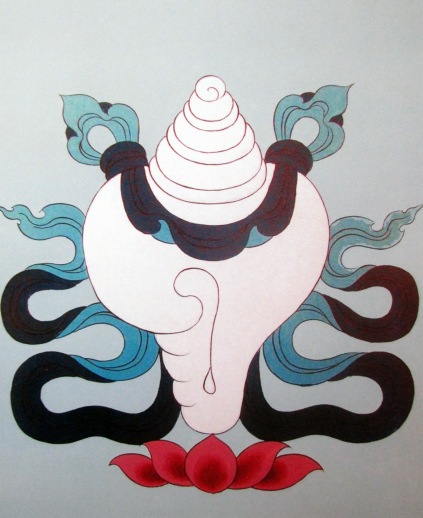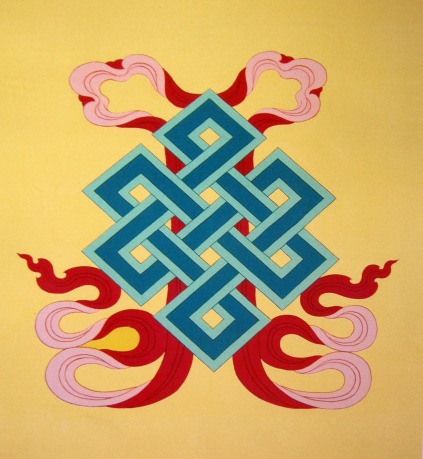Malachite Gemstone meaning
Malachite is believed to be a strong protector of children. It
is said to protect the wearer from accidents and protects travelers.
Malachite has been used to aid success in business and protect against
undesirable business associations. It is a stone of balance in
relationships.
Malachite is always green, usually in banded tones varying from
very dark green to a mellow green. Most malachite comes from Zaire,
Chile and Australia.
Ancient Egyptians, Greeks and Romans used malachite for jewelry
and ground it to use as eye shadow. It is used in amulets to protect
against the evil eye. In the Middle Ages it was used to protect children
from witches and other dangers.
Healing properties of Malachite
Malachite is a stone that should not be used for physical
healing. Malachite has been called the "mirror of the soul". It is
variable in its condition. It reaches the inner feelings of the person
and reflects what is there, negative or positive. It is so beautiful
that one would like to wear it in jewelry, but caution must be used when
wearing Malachite. It will always reflect how you feel, if you feel
negative don't wear Malachite. It reminds us that we have a dual nature
and it is up to each person to know and rule his own person. To help
get rid of nightmares, keep a piece of Malachite in your bedroom.
Use with copper to increase the power of malachite.









